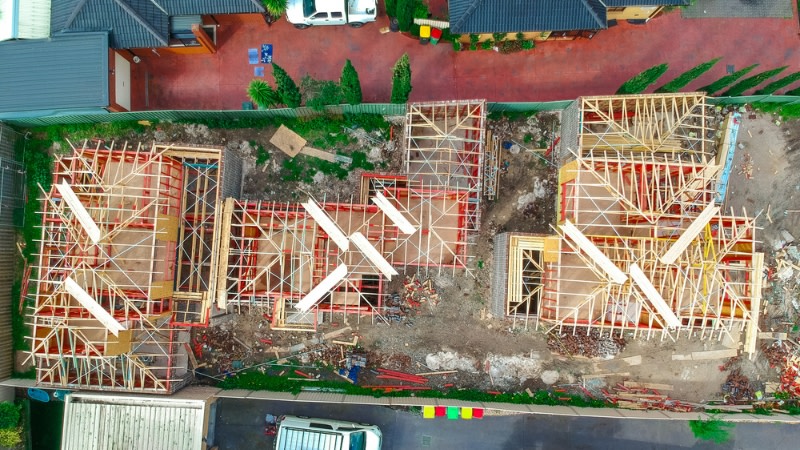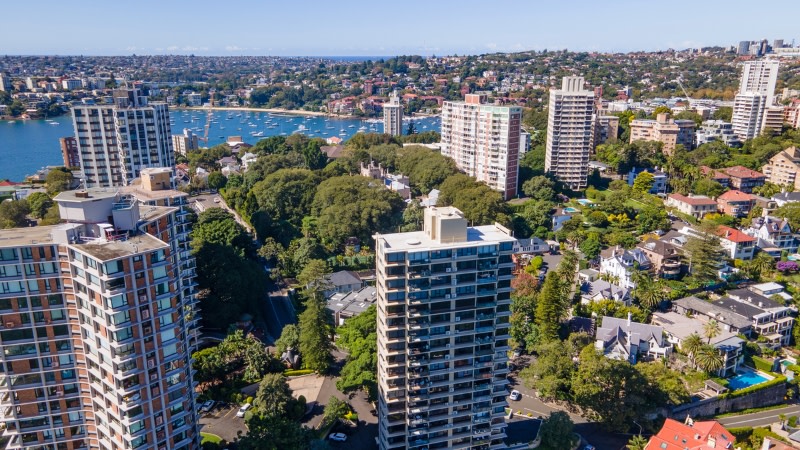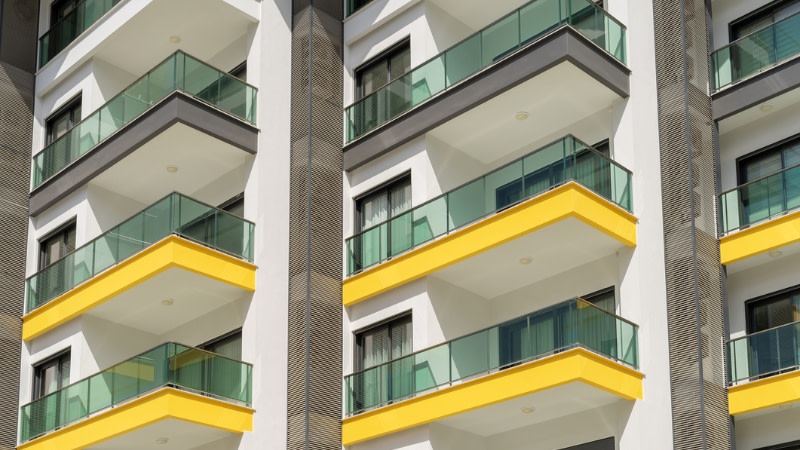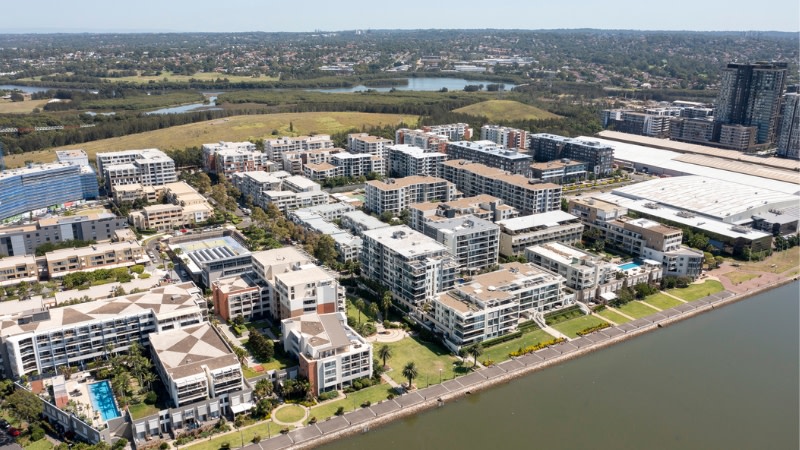
An influx of more than 1.5 million migrants into Australia over the next five years will boost demand for both build-to-sell and build-to-rent apartments, especially in Sydney and Melbourne’s middle ring.
Charter Keck Cramer’s research director Richard Temlett says there are abundant opportunities for cashed-up developers to start projects now and take advantage of a constrained market.
“Population growth will drive demand for additional and diverse forms of homes, especially in Melbourne and Sydney, with 70 per cent of migrants who come to Australia living in these cities,” he says.
Temlett says constrained supply and high demand for properties as a result of migration will translate into rents and property prices.
“The mismatch between supply and demand is going to become worse, but developers will see opportunities within that.”
This is echoed by Mitchell Brandtman partner Caitlin Shields who spoke at The Urban Developer's Brisbane Residential Devleoper Summit last week.
Shields says migration is a double-edged sword that will provide labour force for an undersupplied subcontractor market, while also creating more demand for housing products.
She says the solution is “they (migrants) will come, and they will build it”.

Temlett says he is not concerned developers will knock-up poor quality buildings in response to strong demand for properties as a result of rising migration.
“People won’t buy or rent places if poor quality or the wrong types of homes are built. The market will decide what it is prepared to accept and this will help drive activity in the build-to-rent space.
“If they are well capitalised, developers can start building out some of these projects and deliver stock into a market where there is going to be a low level of competition because other developers can’t proceed.”
Temlett’s advice to developers is to understand their target markets and what they can afford.
“With interest rates increasing and people’s buying capacity diminishing, demand will go into more affordable stock.
“That’s not cheap stock, it’s more affordable stock. Apartments are the most affordable form of accommodation, to buy or to rent, compared to townhouses and houses. So there’s opportunities in the apartment space to build-to-sell and build-to-rent.”
In particular, Temlett says, there’s lots of potential for townhouse developments, especially in Sydney’s middle ring.
“There’s a missing middle and there’s opportunities to deliver properties in these locations.
“But governments need to understand the industry wants to build upwards and that’s what needs to happen.
“We need medium-density homes like townhouses and high-density homes like apartments in areas that have the best infrastructure and amenities.

“Developers can be purchasing sites now and getting developments through the planning system because there’s a huge amount of demand.”
CBRE head of residential and build-to-rent research Craig Godber expects rising migration to have an impact right across the property market.
“The supply cycle is at cyclical lows right now, but it’s going to be difficult to get product out of the ground over the next three to four years.
“This is going to be very difficult if there is an influx of people.”
Despite this, Godber says, high input costs and inflation are holding the development pipeline back. Builders are also more aware of risks when they take on projects, given the challenging operating environment.
“A lot of builders are favouring government infrastructure work right now.”
He agrees built-to-rent properties are part of the solution when it comes to housing new migrants.
“It’s a massive market in other parts of the world and the conditions are right now for build-to-rent to become a strong market here over the next five to 10 years.

“There’s a pipeline of work and proposed developments that are sorting out funding.”
Godber expects build-to-rent developments to emerge in Brisbane’s inner city, the Gold Coast and across Melbourne’s inner city transport corridor. There are fewer opportunities in inner Sydney because of the high land costs.
“But we are seeing developments happen in places like Parramatta and in key transport corridors. We think build-to-rent will spread to other, smaller markets such as Perth, Canberra and Adelaide.
“We have a pipeline of 30,000-plus units. Realistically, a lot of that is still a few years away. So in the short term, there’s going to be more pressure on the market before it eases.”
Temlett says it’s important to remember property development and investment is a long-term play.
“It's not a one year thing. If you look at the fundamentals to live and to invest in Australia, they’re all there.
“Overseas investors and developers can see it. That’s why a lot of the build-to-rent players are coming to Australia.

“There’s going to be short-term pain, but that’s not just limited to Australia. It’s around the world, given inflation.
“But people still need a place to live.
“Australia is a very attractive place to invest, and I believe we’re going to get more certainty and stability when interest rates reach the top of their tightening cycle.”
Although in the short term the market is likely to remain constrained, it’s probable the next market cycle will be driven by population growth.
“All the different residential asset classes will have a role to play,” Temlett says.
“But it comes down to governments taking a proactive approach. Developers and financiers want to work with governments because everyone has a vested interest in developing profitable projects.
“Build-to-rent will add supply and put downward pressure on rents and prices, and support housing affordability over time.”
You are currently experiencing The Urban Developer Plus (TUD+), our premium membership for property professionals. Click here to learn more.

















